Photo
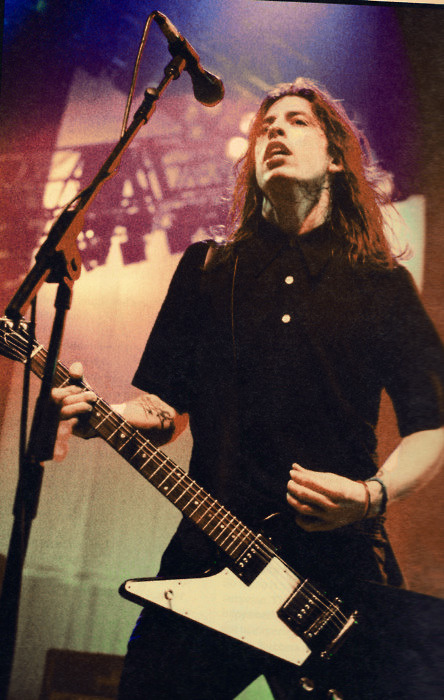
564 notes
·
View notes
Photo
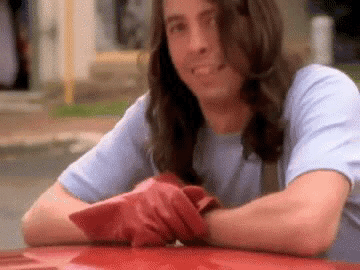
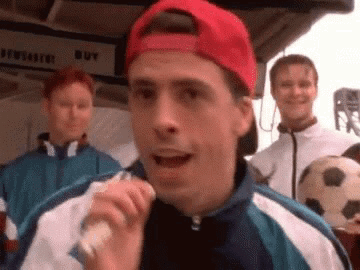
Foo Fighters - Big me, 1995
Dave Grohl wrote this and many other songs on the album when he was still the drummer for Nirvana. Kurt Cobain knew he wanted to pursue projects outside of Nirvana, and had no problem with it.
106 notes
·
View notes
Text
Late Appreciation: Foo Fighters - Foo Fighters
Back in 1994, things were just different. In those days, cell phones were a luxury, rock music was a dominant force, and Dave Grohl was best known as the drummer from Nirvana. Then, on April 8th, Kurt Cobain was found dead at his home in Seattle, and Grohl, along with the rest of the world, was left in a state of shock, not knowing what to do next. For Grohl, the desire to play drums, or even play music at all, was gone, evaporated into the air along with Cobain’s ghost. After a couple of grueling months, he decided enough was enough. He rented a week’s worth of recording time at a studio in Seattle and recorded a batch of songs he’d been writing on and off over the last few years. Grohl played every instrument on the sessions, and eventually came up with an album’s worth of material. He handed out cassette copies to friends and others, and momentum started to grow. Pretty soon, a record deal and tour was in motion and Grohl needed a band. He recruited a rhythm section from the recently disbanded Sunny Day Real Estate, bassist Nate Mendel and drummer William Goldsmith, along with friend and guitarist Pat Smear to round out the group. Grohl took over lead guitar and vocal duties, and with that, the Foo Fighters were born.
The album that came to be, Foo Fighters, is a collection of songs filled with loud guitars and heavy drums, musical elements Grohl has always gravitated towards. The songs themselves are noisy and catchy, comprised of just the right amount of attitude and melody to rival other ‘90s alt-rock classics (see: Pinkerton, Dookie, anything from Pavement). Best of all, I can’t manage to find one song I don’t like. If distorted power riffs and memorable hooks are what you enjoy, please don't hesitate to get your hands on this album right away.
It starts with “This Is a Call,” and just about everything you need to know about the song can be found in its title. It’s a literal call to arms, hidden beneath the surrealistic lyrics Grohl sprinkles throughout. It’s a big moment, the moment when the drummer from Nirvana became the leader of the Foo Fighters, and it’s here where the course for the rest of the album is set in place.
As much as he may try to deny it, there are enough songs on here that could be loosely interpreted as some sort of defining message on how Grohl felt at the time, from the death of a friend to starting anew. Since most of the lyrics aren’t exactly direct, a lot of these feelings can be decoded from song titles. Take “Alone + Easy Target” for example. This was Dave Grohl in 1994 – he felt alone, but the sudden thrust back into the spotlight made him an easy target for critics and fans alike. “Floaty” opens up soft and optimistic right before the noise kicks in, and the term could certainly be an accurate description of the emotions and feelings of someone grieving over the loss of a close friend. Grohl really does sound like he’s singing from up above, floating around in space, alone, looking down on the earth. In a way he sounds stranded, like a lost soul searching for his next move.
Even with all its infectious power-packed riffs, Foo Fighters was met with a weird mix of curiosity and aggravation at the time of its release. The album had a strange backlash with obsessive Nirvana fans who felt disrespected by the whole thing, and every song was dissected into some sort of false, exaggerated fairytale of Grohl’s emotions. While it’s true the record does have plenty of emotion, it’s more or less buried in all the distortion. Healthy? Who knows, but either way the album should be given the respect it deserves. This was a guy taking a dangerous leap, transitioning from one level to the next, and Foo Fighters captures that brilliant leap in its initial stages. Now that the wounds have had some time to heal, it can be seen for what it truly is, a landmark recording for the modern rock era.
#Foo Fighters#1994#This Is a Call#Alone + Easy Target#Floaty#Rock#Alternative Rock#Music#Writing#Late Appreciation#Dave Grohl
9 notes
·
View notes
Link
1 note
·
View note
Photo

The Seattle Band
15 notes
·
View notes
Photo

463 notes
·
View notes
Photo
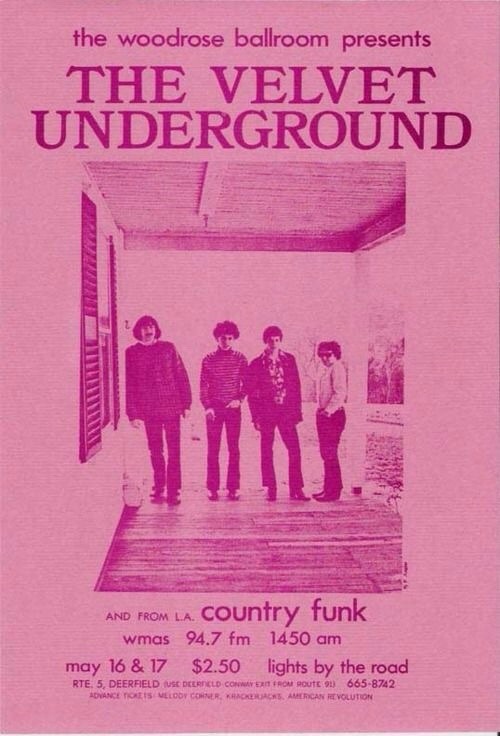
#Velvet Underground#The Velvet Underground#Rock#Punk Rock#Protopunk#Music#Late Appreciation#Lou Reed
20 notes
·
View notes
Photo
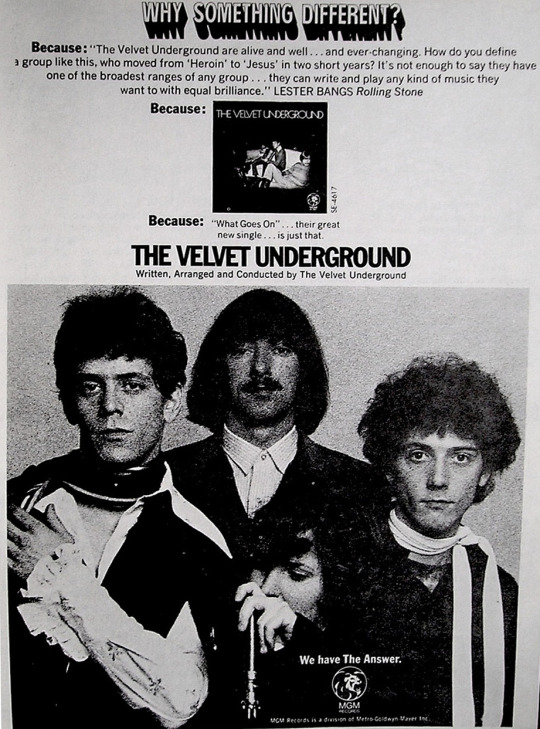
#Velvet Underground#The Velvet Underground#1969#Rock#Punk Rock#Protopunk#Music#Late Appreciation#Lou Reed
70 notes
·
View notes
Photo

#Velvet Underground#The Velvet Underground#Rock#Punk Rock#Protopunk#Music#Late Appreciation#Lou Reed
91 notes
·
View notes
Text
Late Appreciation: The Velvet Underground - The Velvet Underground
If there was ever a consistent theme across the lifespan of the Velvet Underground, it was this: reinvention. The collective figures, led most prominently by Lou Reed, John Cale, Sterling Morrison, and Maureen Tucker, were always in search of something new every time they came together in the studio. With each new album the group sounded like a different band, playing around freely with whatever musical muse (or drug) they happened to be interested in that day. The band’s debut, The Velvet Underground & Nico, displays an emerging rock presence springing to life. Packed with dark themes and tough New York City swagger, the album has long been considered the Velvets crowning achievement, but it was by no means all the band had to offer.
Their next record, White Light/White Heat, could arguably be considered the first “true” Velvet Underground record, one made without the assistance of an outside singer or Andy Warhol breathing down their necks. It was the band in their rawest, loudest form, with the distortion cranked all the way up. The result was radically different from their debut, focusing intensely on the sharp, jagged fringes of rock music, paving the way for what would later become known as punk rock.
So by the time they started recording their third album, you’d think they’d have it all figured out, right? Wrong. Well, sort of. For starters, founding member John Cale left before recording even started, and Doug Yule, whose handsome looks and boyish charm were a far cry from the wild and experimental Cale, stepped up to the plate. But with Yule came discipline, and discipline served the band well. They were all aiming to distance themselves from their Warhol origins, and Yule may have been just what the Velvets needed to get some “straight” songs out of their system.
Those “straight” songs actually turned out to be pretty damn good. “Candy Says” is floaty and dreamlike, and it’s one of the more extreme examples of the band’s new softer sound. “Pale Blue Eyes” finds the group, especially Reed, at their most sensitive, and it could very well be the most gorgeous song he’s ever written. “I’m Set Free,” despite the hopefulness in its title, actually sounds more like a quiet, desperate cry for attention, and the lyrics are a struggle between moving forward with one’s life and letting go of the past. “What Goes On” is a stomping, rousing jam led prominently by the powerful organ playing of Yule, and “Beginning to See the Light” is an upbeat number that at times comes awfully close to sounding like a late-era Byrds track. “The Murder Mystery” is where the band makes clear they haven’t forgotten about their past, and it sees them exploring their more natural avant-garde ways. Although it starts out great, the song eventually hangs on for far too long. It does contain some nice vocal intertwining between Reed and drummer Maureen Tucker, and otherwise would make for a great song if it were cut down in length.
The album ends with “After Hours,” and features Tucker on lead vocals. It’s another sincere moment from the group, and a perfect way to end the album. Her gentle voice does the song justice that Reed’s simply couldn’t have done. It’s bare and pure, and follows the minimal lead of the rest of the album. The Velvets have always had a stripped-down approach, but throughout The Velvet Underground they’re basically standing naked for all to see. The songs are beautiful and tender, a stark contrast to the street-tough New Yorkers they were a year before. But that was the plan all along. The goal was to be fresh and stand-out instead of hiding underneath their experimental umbrella. It was the start of something new, and today we’re left with a great collection of songs, one that probably wouldn’t work the same way anywhere else. Although the group was constantly evolving, the Velvet Underground always managed to release albums that felt complete and intact, and this is just another example of that brilliant strength.
#Velvet Underground#The Velvet Underground#1969#Candy Says#Pale Blue Eyes#I'm Set Free#What Goes On#Beginning to See the Light#The Murder Mystery#After Hours#Rock#Punk Rock#Protopunk#Music#Writing#Late Appreciation#Lou Reed
3 notes
·
View notes
Photo
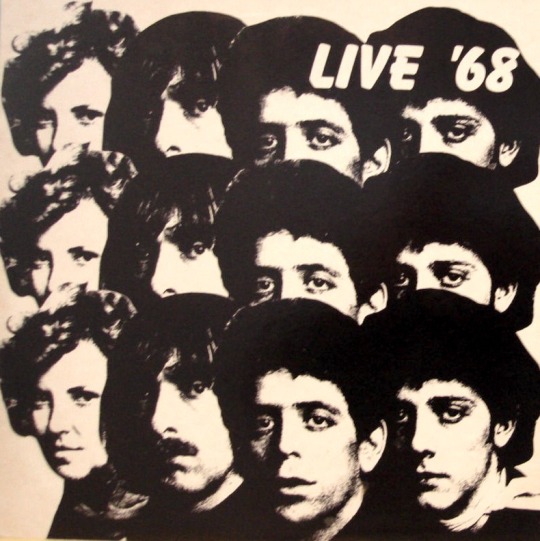
#Velvet Underground#The Velvet Underground#1968#Rock#Punk Rock#Protopunk#Music#Late Appreciation#Lou Reed
74 notes
·
View notes
Photo
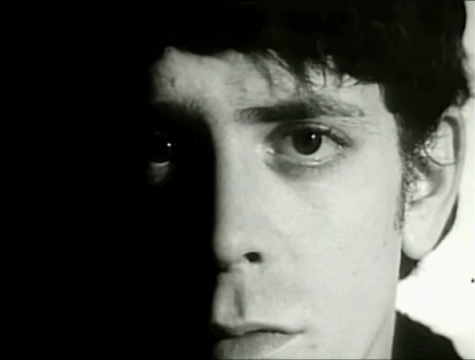
#Velvet Underground#The Velvet Underground#Rock#Punk Rock#Protopunk#Music#Late Appreciation#Lou Reed
4K notes
·
View notes
Photo

The Velvet Underground
Photo by Jonathan Richman
#Velvet Underground#The Velvet Underground#Rock#Punk Rock#Protopunk#Music#Late Appreciation#Lou Reed
4K notes
·
View notes
Photo
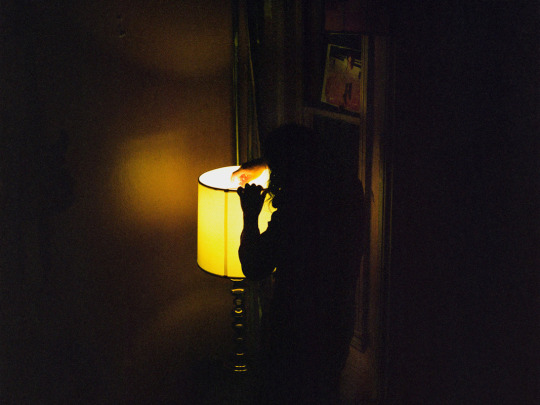
#The War on Drugs#Lost in the Dream#2014#Rock#Indie#Music#Photo#Lampshade#Adam Granduciel#Entertainment
50 notes
·
View notes
Photo

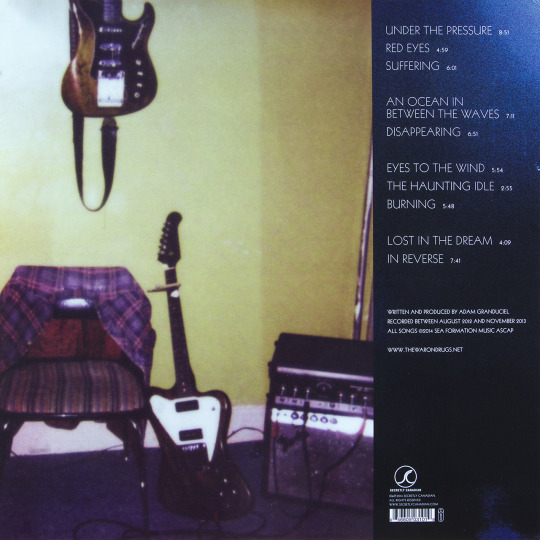
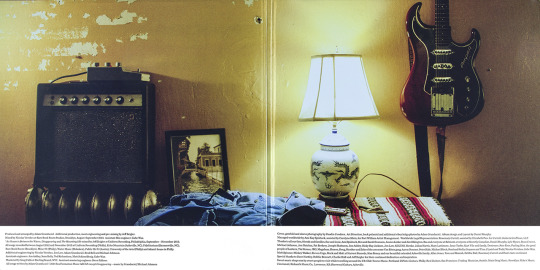
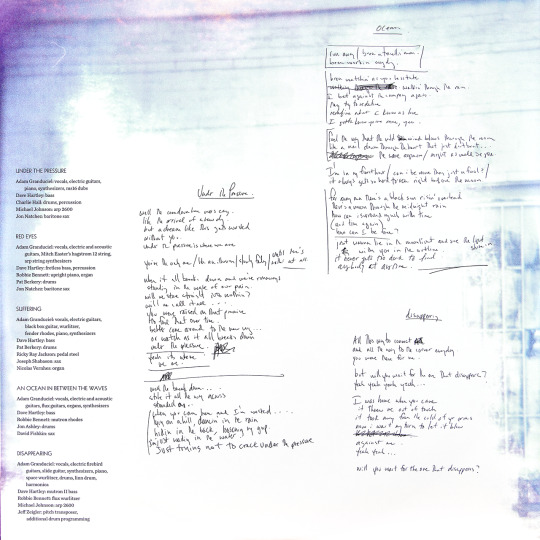
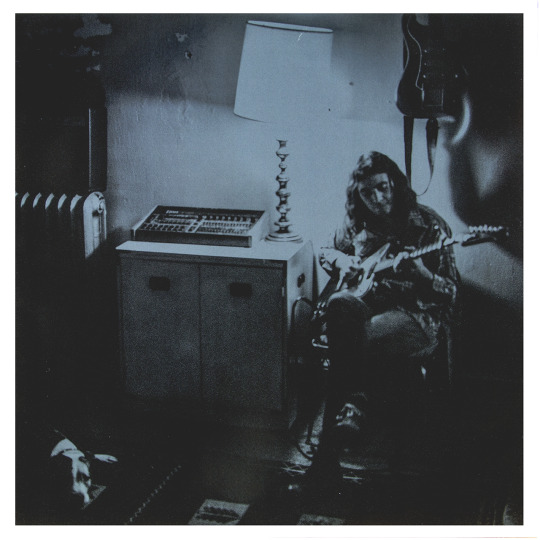
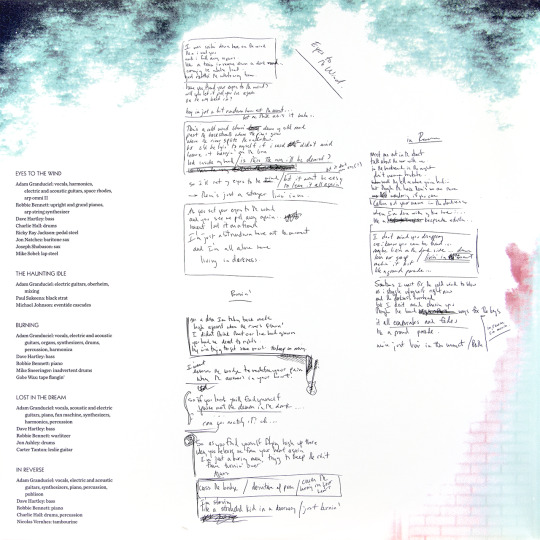
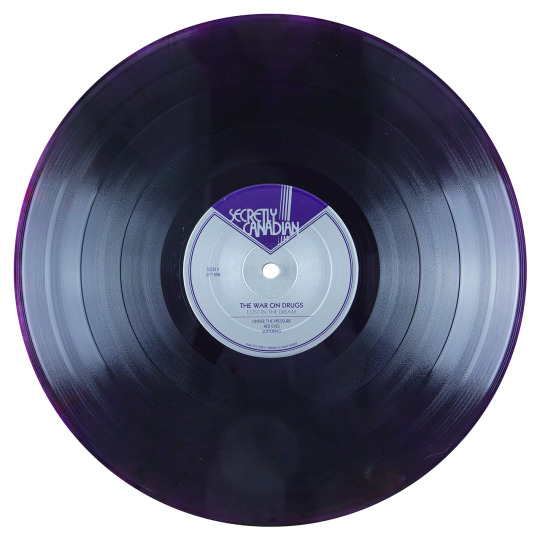

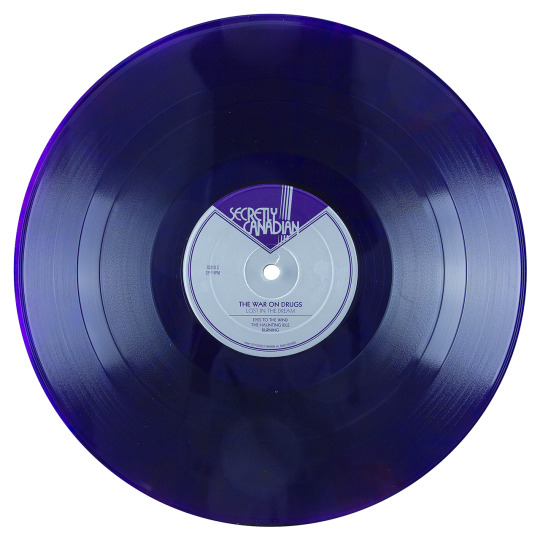
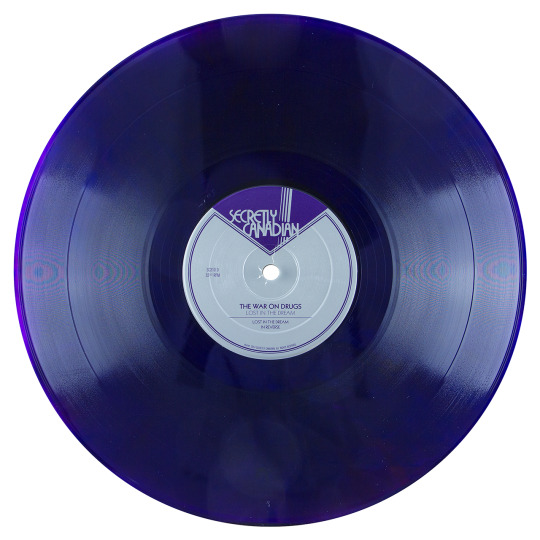
12 notes
·
View notes
Text
Review: The War on Drugs - Lost in the Dream
I almost feel bad for not getting my hands on Lost in the Dream earlier, like the rest of the world did. For almost three weeks leading up to the album’s proper release, I read all the features, all the stories, all the comments declaring how insanely good the album was. I’ll wait it out, I said to myself. I mean, how good could it possibly be???
Well, it turns out I was wrong. Completely, sincerely, incredibly wrong. The War on Drugs have followed 2011’s Slave Ambient with an album full of the same shimmering, kaleidoscopic walls of sound they’re known for, except now the walls are bigger, thicker, and built a hell of a lot stronger. The group does an exceptional job at forming its own identity, and it’s a giant leap forward in terms of artistic development for both the band and leader Adam Granduciel, showing just how much more intact and secure The War on Drugs can be as a unit. Make no mistake, this is still Granduciel’s show, but on Lost in the Dream the band sounds more comfortable playing together than ever before. The lyrics reflect feelings of loneliness, anxiety, optimism, and uncertainty, all things Granduciel faced during the two year recording process for the album. He was pushed to his limits, but in the end he came out with some really great songs. Was it worth it? I guess it depends on your point of view.
It took a lot out of him, sure, but that doesn't mean the album is a total drag. In fact, there are more than enough exciting, thrilling moments which tend to balance out the inevitable lows. The obvious influences are everywhere, and they've been written about countless times already. On occasion, Granduciel attacks a word or phrase with the same kind of devilish snarl that Dylan made famous. There’s some Neil Young melancholy in there too, mixed with dashes of Tom Petty heartland rock and even a little Springsteen to round it all out. There’s also a lot of Kurt Vile in the mix, who helped Granduciel form The War on Drugs in 2005 before venturing out on his own solo career. The two are kindred spirits, and both Vile and Granduciel occupy the same sonic musical realm. But where Vile sounds more comfortable in his surroundings, Granduciel always seems to be on the run, like he’s trying to escape, trying to break free, and this irrepressible urge often leads to more interesting places in the music.
Leading off is “Under the Pressure,” which quickly finds its footing in a steady pace that keeps the song propelling forward. While the drums keep the song in line, it also feels like the train could fall off the tracks at any moment, and it’s this uneasiness that continues to pop up throughout the album. There’s anxiety in these songs, but it’s felt more through the lyrics than in the music itself. In “An Ocean in Between the Waves,” Granduciel asks, “I’m in my finest hour, can I be more than just a fool?” while driving against the spine of the backbeat. Contradictions arise, followed by denial – all feelings that bubble up before experiencing a slap-in-the-face reality check.
After the rush of “Under the Pressure” is “Red Eyes,” the first song to emerge from Lost in the Dream back in December. It continues the flow of its predecessor, taking it to new heights, and in doing so it’s where all the elements of the band shine the brightest. At times, it’s easy to hear how much Granduciel cares about the music he creates, and one could argue that it borders on downright obsessive-compulsiveness. He’s stated in numerous interviews about how much thinking – perhaps overthinking – went into the creation of the album, but it’s clear this thing wouldn't be causing so many sleepless nights if there wasn't some hint of passion or devotion hidden deep within.
Passion is a driving force throughout the album, and there’s not a song on here that suggests anything otherwise. You can hear it in the complex, intricate patterns Granduciel puts together like clockwork, or in the simple, open spaces where everything seems to disappear, like a musical Bermuda Triangle. In all its majestic glory, “Suffering” is without a doubt the most beautiful rock song to come from any band in quite some time. It’s light, airy, with room to breathe, and it might be the most comforting song on the whole album. The breezy, country-esque “Eyes to the Wind” comes close to sounding like a lost track from Sticky Fingers, another nod to Granduciel’s rock idols. Not only does he have a passion for the music he puts out, but he also has a passion for music in general. And while he may wear his influences on his sleeve, Granduciel understands how to take something and totally transform it without stripping away the roots.
The album ends with “In Reverse,” which starts out slow, like water dripping from a leaky faucet, before the rest of the band joins in to see it out to its final moments. Lost in the Dream is an album where every small detail carries some kind of weight, and not one thought, idea, or feeling is ever wasted. Despite all the frustrations that faced Granduciel during its creation, he managed to pull off a win. Lost in the Dream is an excellent effort from a band ready to embrace a wider audience without giving up what makes them one of the best bands out there today. Granduciel embraces his heroes without ripping them off, and pushes rock music forward at a time when it’s almost commonplace to retread old ground. There was enough attention given to this album prior to its release to make it a disappointment on some level, but The War on Drugs proved they can live up to the hype and deliver the goods, and in the process they put out the first great album of 2014. For Granduciel, the hard work (and near nervous breakdown) paid off. The haze is beginning to settle, and finally, for once in a very long time, things seem to be in focus again.
#The War on Drugs#Lost in the Dream#2014#Rock#Indie#Music#Adam Granduciel#Writing#Review#Music Review#Under the Pressure#Red Eyes#Suffering#Eyes to the Wind#In Reverse#An Ocean in Between the Waves#Indie Rock
0 notes
Photo
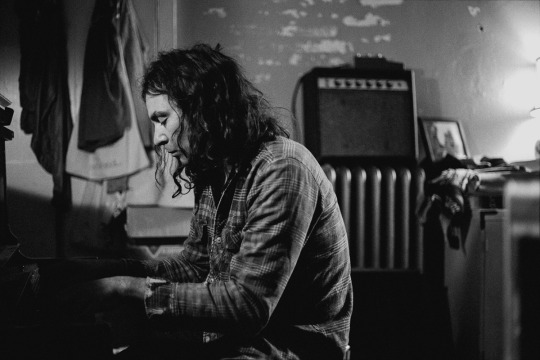
170 notes
·
View notes